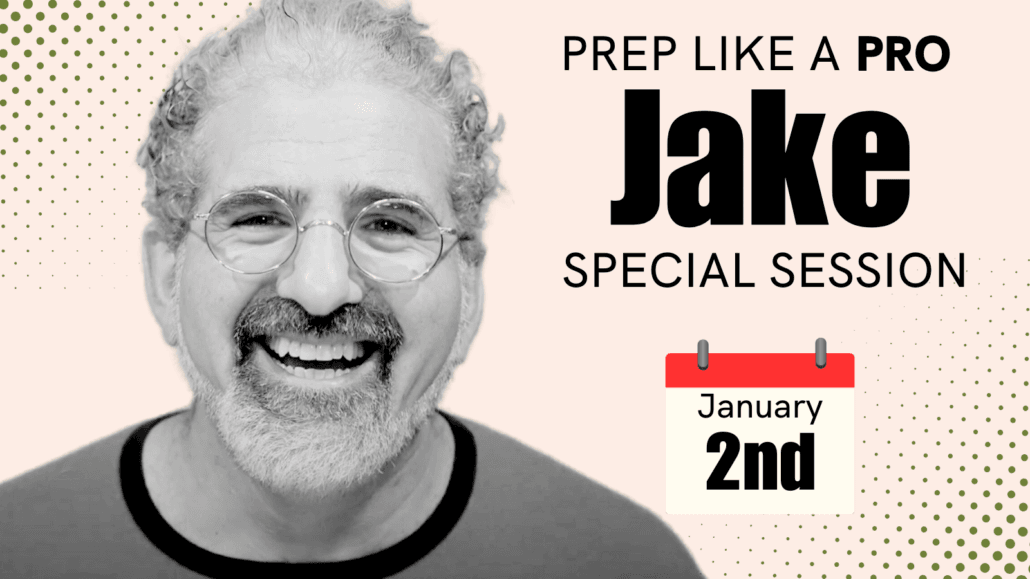TV Drama Writers Room
WITH: Jonathan Redding
Join the Waiting List
Meets twice a month on Wednesdays
View Full Schedule
PRICE: $450/mo
(12 mo minimum commitment)
What is the TV Drama Writers Room?
The TV Drama Writers Room is a collaborative experience in which student writers will collaborate to create an original hour drama, just like in a real a TV Drama Writers Room.
Acclaimed TV Drama writer Jonathan Redding (Homeland) will play the role of Showrunner, setting the agenda for each session and leading the story break. The students in the workshop serve as the writers, and will pitch story ideas, characters, arcs, dialogue runs, and develop each episode of an original show, under the guidance of the Showrunner.
The workshop will move through various phases of pitching, story refinement, document generation and approval, and finally drafting and revision of scripts.
The class will “break” a pilot script, as well as multiple episodes of the first season of the series, allowing each student the chance to collaborate on the development and writing of the pilot script (which will have everyone’s name on it) as well as the opportunity, if they choose, to write (or collaborate with another writer in the class) on their own episode.
About the Showrunner/Instructor
Jonathan Redding is a screenwriter, playwright and classical dramaturg, whose most recent credits include the final two seasons of Showtime’s HOMELAND.
Before transitioning to the film and television industry, Jonathan served as Resident Dramaturg to The Broad Stage, in Santa Monica, where he worked with premiere performing artists from around the world including Mikhail Baryshnikov (Chekhov’s Man in a Case), Anna Deveare Smith (Notes from the Field: Doing Time in Education), Denis O’Hare (An Iliad), and Shakespeare’s Globe Theatre of London (Hamlet; King Lear; King Henry VIII).
A graduate of West Virginia University’s School of Theatre, Jonathan is the son of two career firefighters and the eldest of seven children. Jonathan is represented by Circle of Confusion.
To get to know Jonathan, check out this podcast.
FAQ
The writers will learn each step of story development in a Professional Writers Room, developing skills that will not only help them as writers, but also as collaborators within professional Writers Rooms they advance in their careers.
There are a number of phases to the Writers Room Process, many of which are non-linear, moving in and out of one another as the “assembly line” of stories moves along.
BLUE SKY: Just like on a real TV Drama series early in its development, the Showrunner will present the writers with a simple conceit within which to work. Writers will then pitch macro-level possibilities for the show. This can include articulating engine, dreaming up characters, plot scenarios, exploring themes, and generally “finding the heart of the show.”
TRANSCRIPTION OF WRITERS ROOM SESSIONS: Each session, a different writer will be in charge of transcribing and distributing notes, providing a valuable opportunity to develop these skills which are so important for writers getting their first job in a professional Writers Room. You’ll receive instruction in how to use various AI tools to speed up this process, putting you on the cutting edge in the industry.
PILOT BREAK: The writers will work together under the guidance of the Showrunner to craft the pilot, which will establish the key elements of the show, the engine and tone, the characters, and platform into the season.
SEASON STRUCTURE: The writers will collaborate breaking the tentpoles of the season story — i.e., what are the major arcs? What are the stars we’re navigating toward? Just like on real shows, this is a phase the Writers Room will move in and out of, as often the latter portions of a season come into focus later in the process, after the initial episodes are broken. We will “work big to small”, and placeholder ideas will come into focus as we grow nearer to them.
EPISODE BREAKING: The writers will collaborate to break the overall structure of individual episodes as the Season Structure unfolds.
PITCHING OUT EPISODES: The writers will learn the vital skill of how to “pitch out” an episode break to the Showrunner, essentially presenting the story of the episode in real time, to get approval to move to the next phases of generating story documents.
STORY AREA DOCUMENTS: The writers will learn how to write a Story Area document, a 4-8 page narrative explaining the story of an episode in simple prose, broken into A, B and C stories. This will help writers develop the real world skills they need to present to Showrunners and Studio Executives and Executive Producers for notes and approval. Once an episode’s Story Area is approved by the Showrunner, the writer (or writing team) assigned to a given episode will then move to Outlining.
EPISODE OUTLINES: The writers will learn to Outline in the 24/Homeland style, a more refined document usually between ten and fifteen pages, which fleshes out the story area into a more fulsome execution of each scene. This will provide another invaluable skill for writer’s who wish to join a professional Writers Room or become Showrunners themselves, teaching them how to navigate the chain of approval, take notes, and earn the “green light” to draft their episode.
EPISODE DRAFTING: Writers will collaborate on the Series Pilot (which will bear everyone’s name) and have the opportunity to write their own episode from the season, either individually or in collaboration with another writer.
EPISODE NOTES AND REVISIONS: The writers will receive feedback from the Showrunner on both the pilot and their individual episodes, in the form of notes on their pages.
Students will complete the class having collaborated on a sample pilot bearing everyone’s name, as well as sole credit (either individually or with their collaborator) on a sample episode, providing a valuable writing sample.
There is a minimum commitment of 12 months for each writer, however, in order to successfully immerse students and build the experience and skills of functioning in a real Writers Room (without making the class a full time job!) we expect this to be a multi-year experience. It’s the first class of its kind, so we’ll be figuring it out together.
Just like in a Professional Writers Room, writers depend upon each other, so while you can leave at any time after your initial commitment, we ask that you join the class with the intention of seeing it through to the end.
The good news is, in the unlikely situation that a writer does need to leave the workshop, it will provide an opportunity to simulate another common Writers Room experience of onboarding a new writer to the room.
Note, writers who leave before the pilot is completed will receive shared “Story By” credit rather than shared “Written by” credit on the pilot.
In the beginning, you will only need only your imagination, the capacity to take notes, and whatever time you can spare to read source material and come up with ideas in between our twice-a-month sessions.
As the process unfolds, students will be expected (within reason) to conduct their own research, prepare pitches, draft story documents, and (if they wish) write their episodes and integrate notes.
Perhaps the most important thing students need to bring is their mindset:
This is an experiential workshop; the true value is in the learning-by-doing, not in the work product at the end. You will become a better writer by doing this, learn to think about story in new ways, and have a much greater understanding of how a season of television is put together on the page.
If you can’t attend live, you can watch replays of any class you wish. However because students are dependent on each other for feedback, habitual absences will lead to you being removed from the class.
Some screenwriting experience is required, however, we are more interested in your passion, your voice and your ability to contribute to the group, than in your level of experience. We are confident the Writers Room will help writers of all levels bring their writing to the Professional Level.
Simply fill out this application form to begin the application process.




